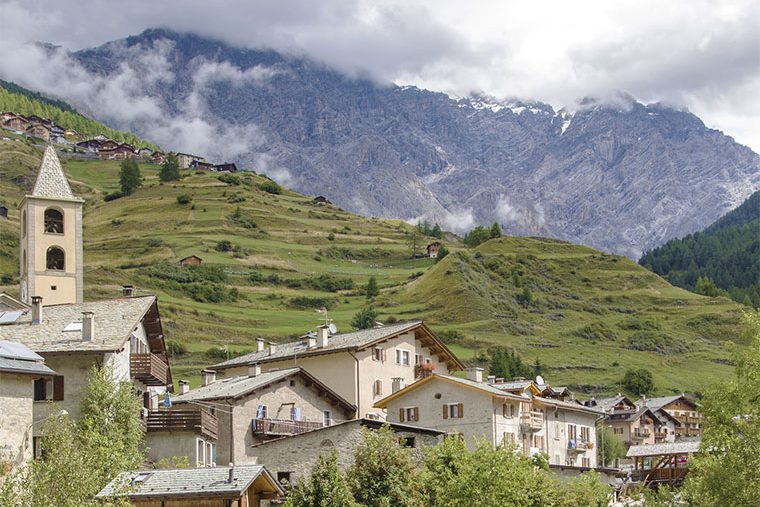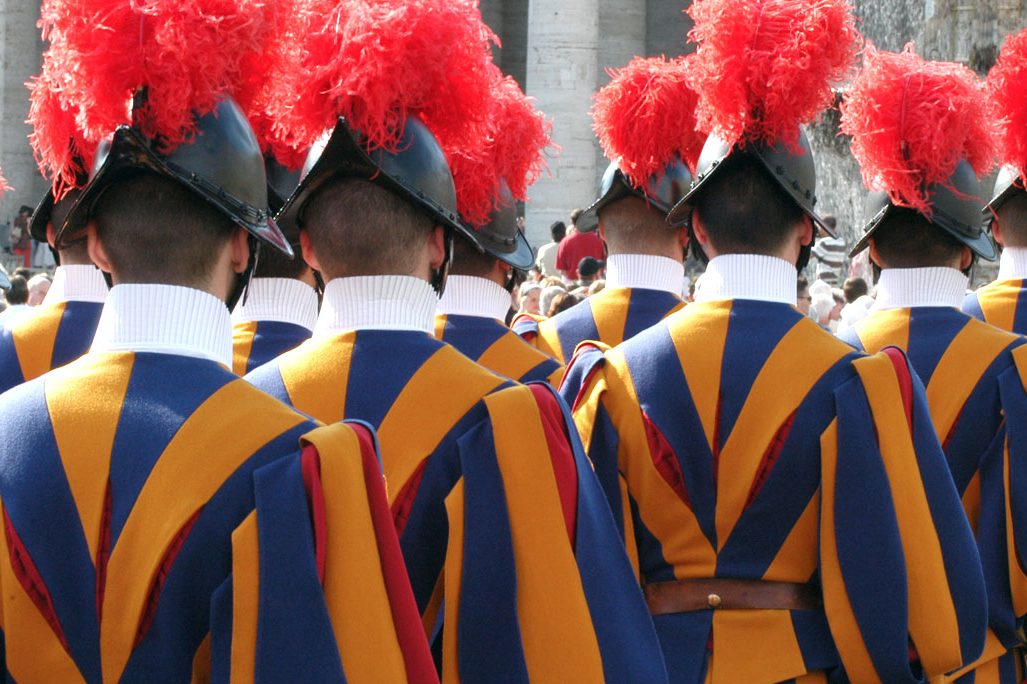Close your eyes.
Imagine walking down winding, cobbled lanes that slope increasingly downward, wandering away from the cream and mustard colored houses with terra cotta roofs and onto a hoof-beaten dirt path that leads into the woods—a grove of orange trees—where you find an older man in muddied slacks leading his horse by the reins. You may feel you’ve stepped back in time, or perhaps time has stepped forward. Time and life move slower in this modern-meets-medieval town.
Welcome to Bracciano.
En route to il Centro Storico (the historic center), you can look out over copses of olive or orange or fig trees, terra cotta roofs, and clothing hanging from windows or clothes-lines to dry.
Italy is home to a seemingly endless number of cities packed with beauty and culture, but if traffic, honking horns, crowded streets, and sirens blaring through the night aren’t your thing, or you simply find yourself craving a brief escape from the city, look no further than the hilly, lakeside town of Bracciano. For a €2.50 ticket and an hour-long train ride to the northwest of Rome, you can step out of the train station and onto well-trodden backroads, a fresh breeze whispering under a canopy of leaves, and the promise of soft waves against an open shore.
The beauty of this region of Lazio can be attributed to old volcanic activity. Bracciano was built upon the hills of a volcanic ridge that were formed in the wake of a magma chamber collapse. The elevation not only offers great views of the lake and the surrounding agriculture, it also made the town ideal for defense during the Medieval Ages. After a few minutes of traipsing down curves and alleys of the hillside, round one last bend and there you will find yourself in the Centro Storico beneath the watchful eye of Castello Orsini-Odescalchi. If you’ve ever dreamed of living in the era of knights and kings and castles, this is the place for you! This medieval castello was built sometime in the fifteenth century and has played host to a number of notable historic figures throughout the centuries, including various popes and nobility of both Italian and foreign decent. Though these walls have withstood war and sieges, witnessed affairs and murders, the only remnant of Bracciano’s turbulent history can be found in the artwork and suits of armor and weaponry displayed in the halls.
Continuing past the castle, you can follow the signs indicating lago down a number of narrow dirt paths (Tip: wear walking shoes—these are steep!), that thread through the valley beneath the shadow of fig trees. Soon, the tree-line will break to reveal sandy shores and a clear expanse of serene, crystal-blue-mirror known as Lago di Bracciano. Across the water, a low ridge of volcanic hills spans the horizon, reaching around the lake to cradle the valley. If you decide to take a dip in Bracciano’s beautiful lago, you might notice how distinctly visible the sand, small stones and colorful array of rocks are beneath your feet. Wonder why this popular lake, the eighth largest in Italy, is so transparent? It is strictly protected by law from a number of pollutants, including waste and motorboats, to create some of the cleanest, clearest water in Italy.
Lago di Bracciano—and the town it was named for—are refreshing, peaceful, and the perfect remedy for any nature-loving soul. Depending on the season, you might share the lake with fishermen, sailors, locals and tourists enjoying a number of water sports, or you might have the lake entirely to yourself.
Oh yeah, and the swans.






























